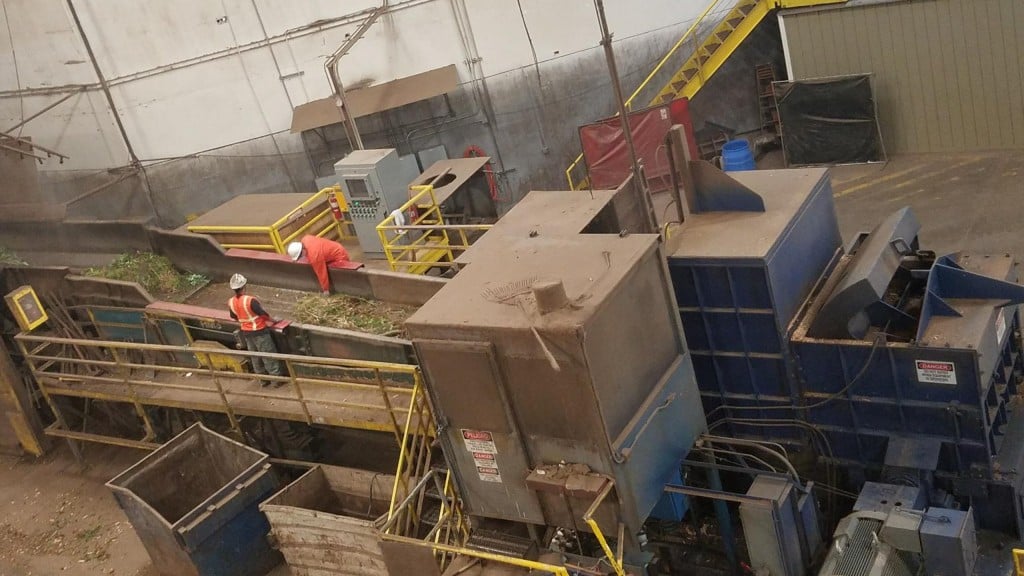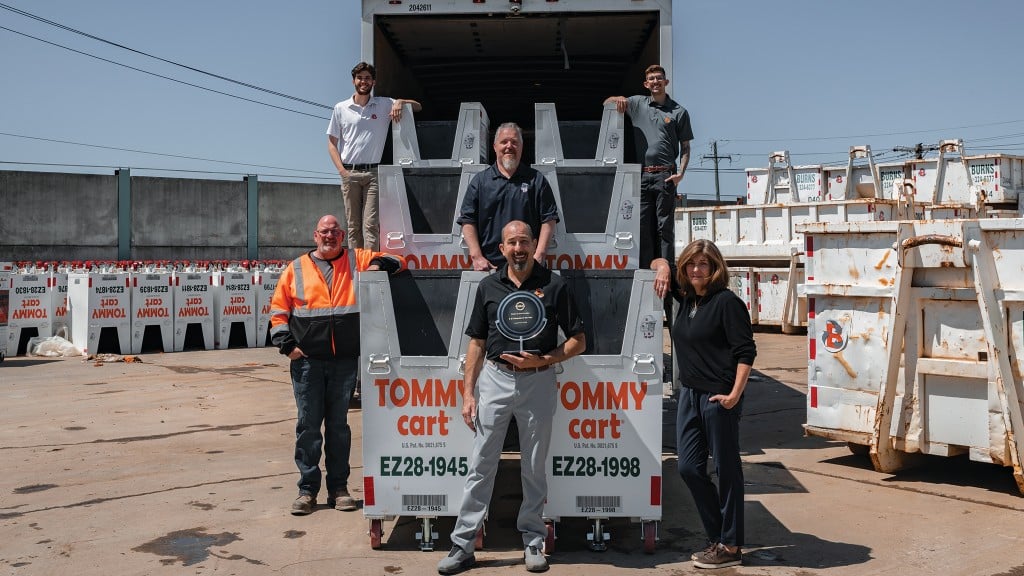Fines Content Removal for Marin Sanitary Service Creates Secondary Market
BM&M Chip Screen just keeps on running in green waste and C&D processing operation

Fines in a cogeneration power station create more ash. That was the problem facing Marin Sanitary Service back in 1999 and 2000. Marin, a California-based family-owned company, had installed a complete Jeffrey Radar system in 1987, including hammermill, chain conveyor and vibratory screen, to manage their curbside green waste business as well as the construction-and-demolition (C&D) waste in Marin's Resource Recovery Center.
Over time, with capacity needs increasing, the hammermill was modified to increase capacity, but to the detriment of the screen.
John Oranje joined the family business at about the same time as Marin was facing this challenge, in 1990, and went about updating the facility. With the hammermill producing more and more green and C&D waste, as well as new requirements from the Clean Air Act to reduce ash content in power station exhaust, John identified their production and quality bottleneck -- their existing vibratory screener. It could not screen-out the high fines content being generated in the system. Also, if they could recover the fines from their two processes, they had an additional market that would purchase this otherwise waste material.
Working with Dick Shanks, BM&M's Regional Manager, Marin selected a 12x20 Chip Screen that was installed in 2001. John Oranje explains that the BM&M Chip Screen's flat orbital, or gyratory motion, works well with wet, green waste that tends to ball-up or agglomerate and cause problems on other types of screens. With the higher speed motion of the BM&M, flat surface, and ball decks providing higher ‘de-blinding' efficiency, Oranje states that the ball decks "just keep everything running" and allows Marin Sanitary Services to meet their cogeneration customer's stringent fines content requirements.
After 16 years of service, Oranje says the main drive bearing was replaced, but adds that "the BM&M Chip Screen just keeps on running".



